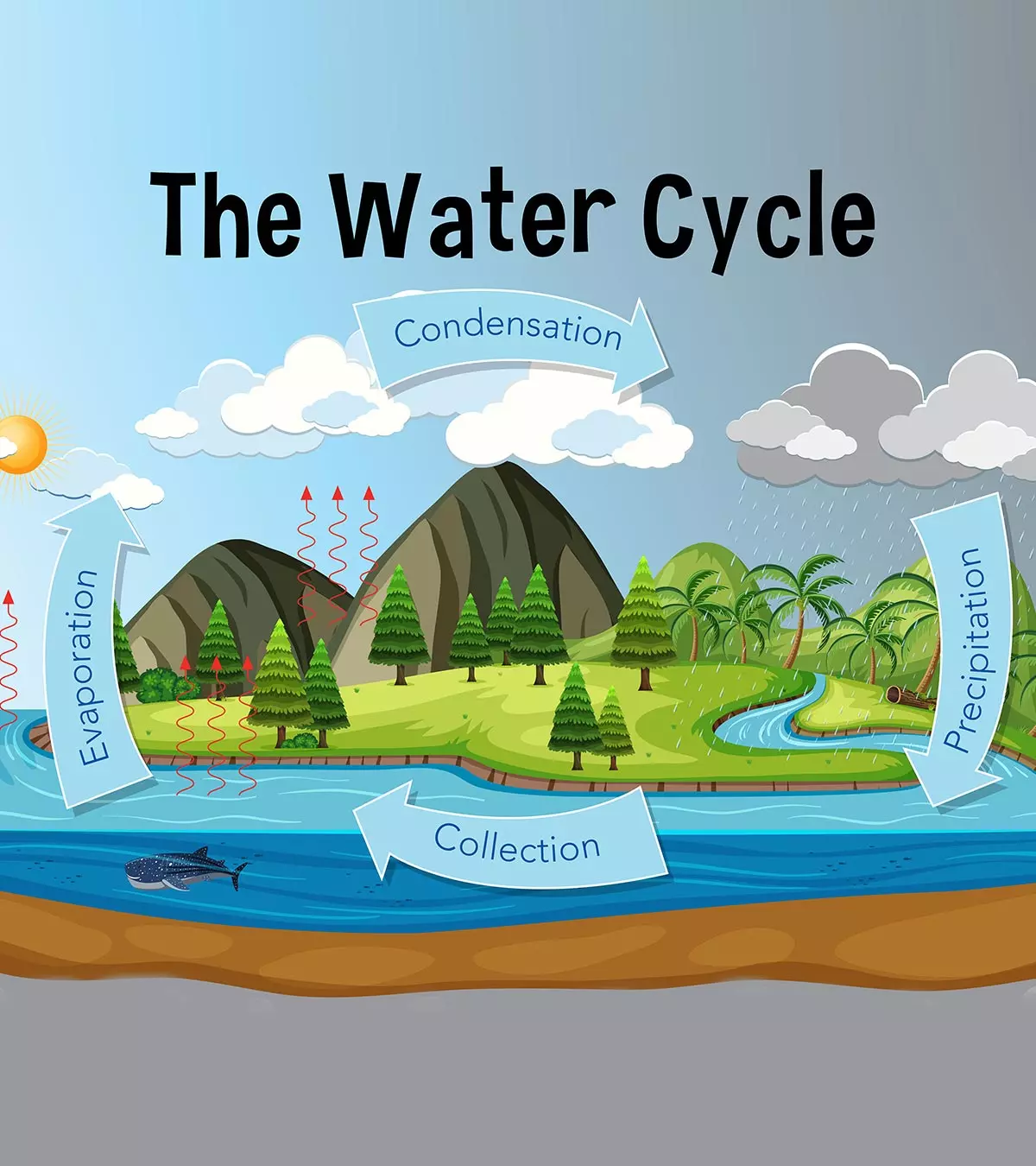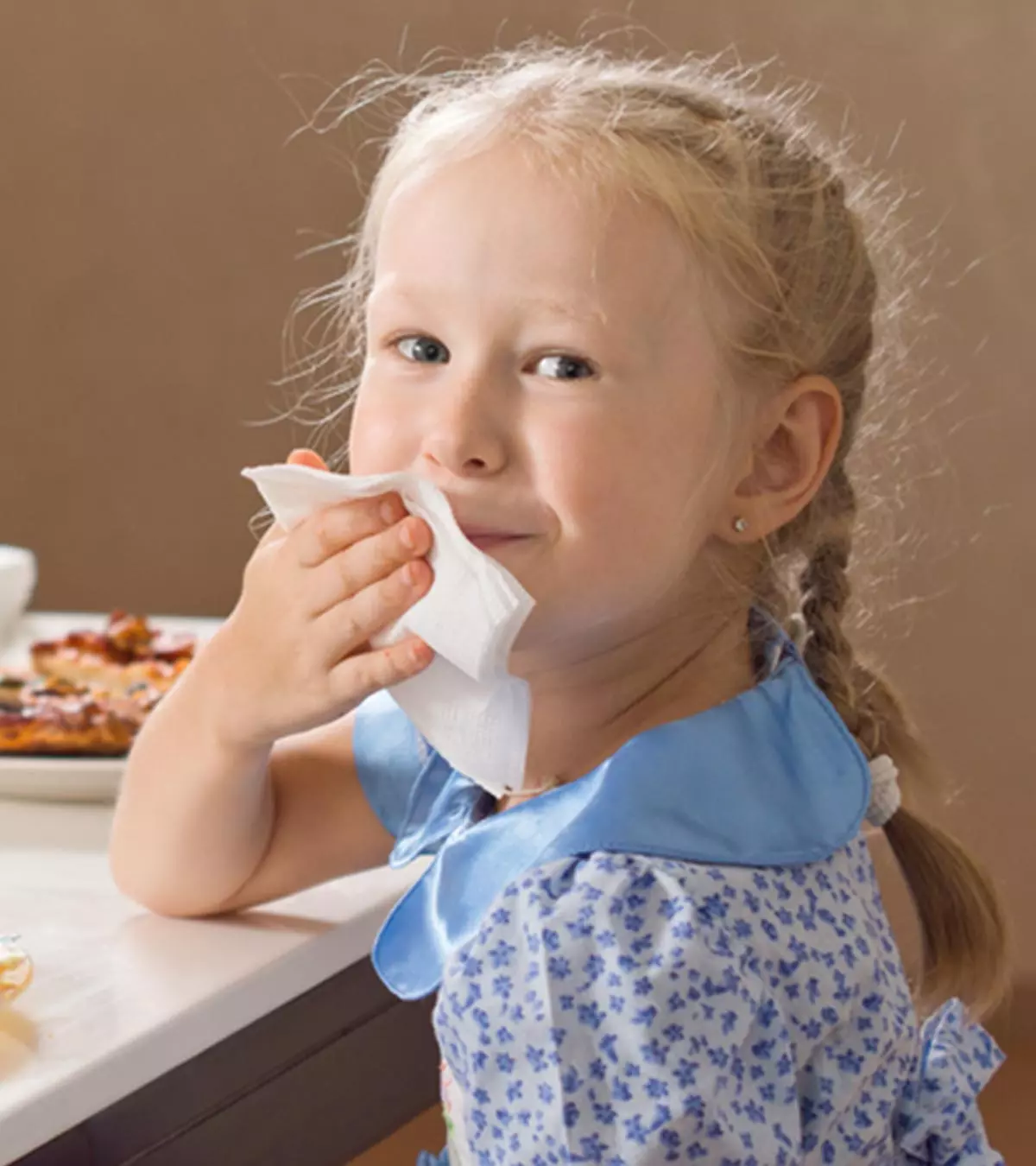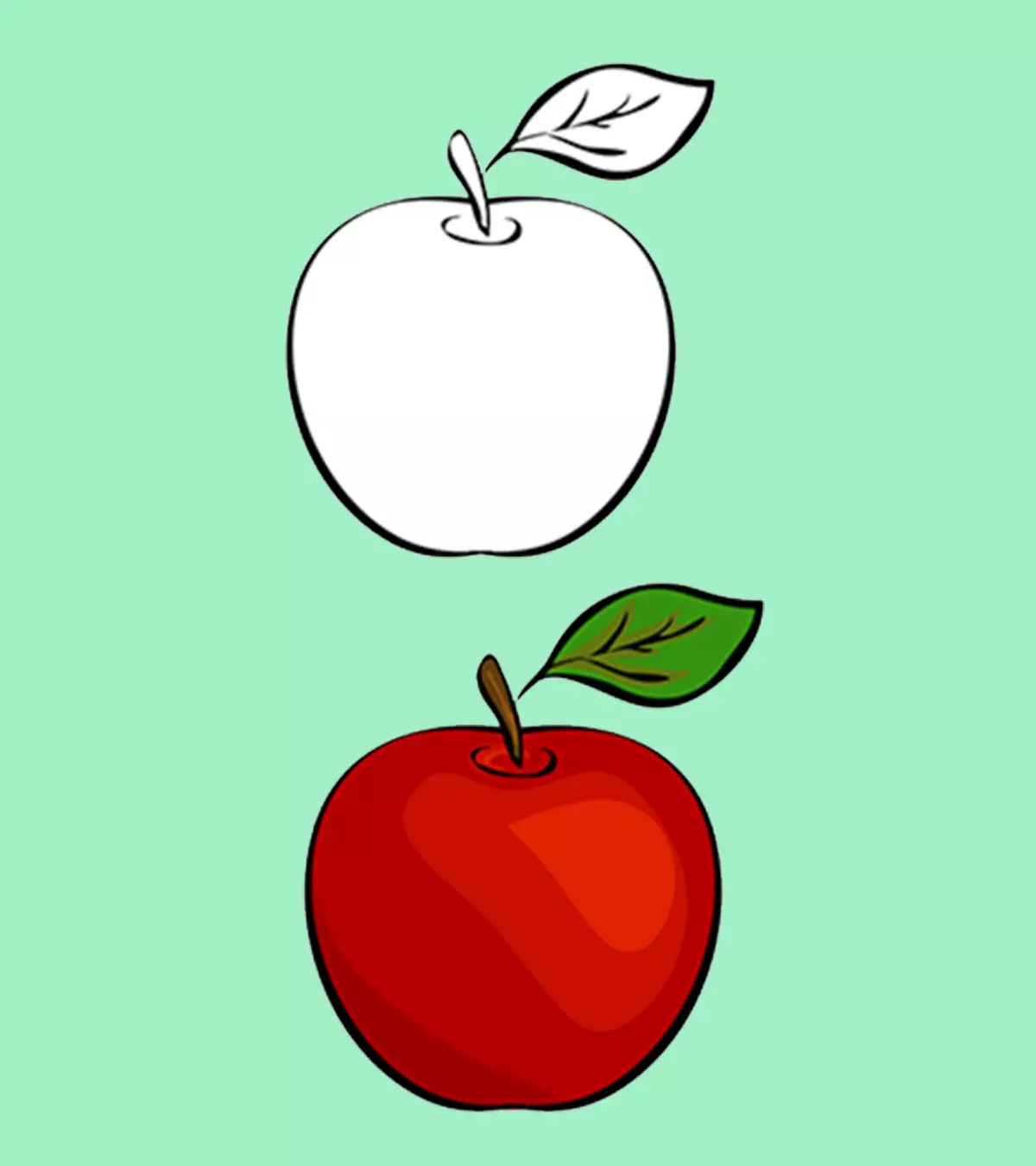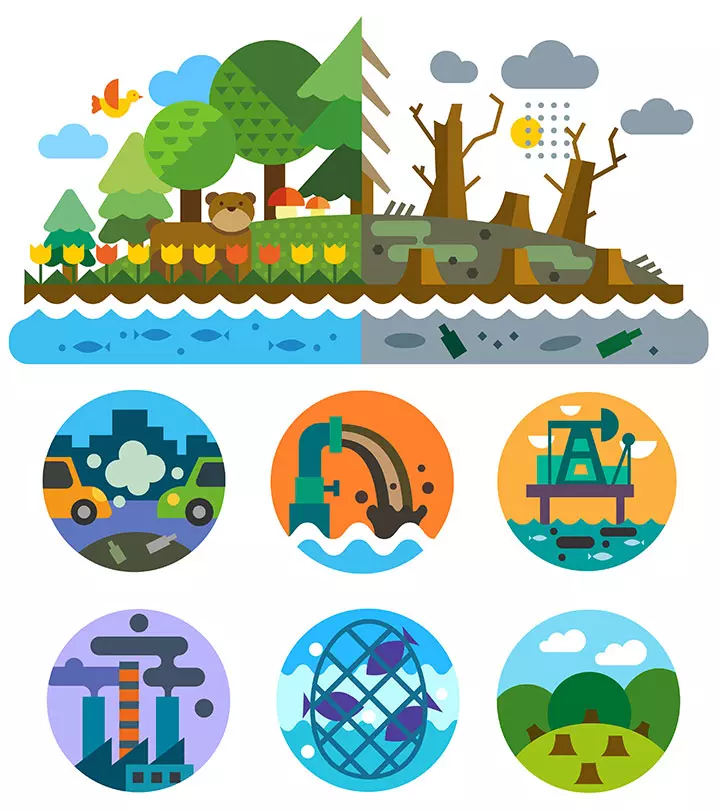
Image: ShutterStock
Pollution means making our surroundings dirty and unsafe for living things. It happens when harmful substances such as chemicals, smoke, and gasses are released into the environment. These gasses and chemicals are extremely damaging to plant and animal life. In addition to being an environmental issue, pollution affects our health, communities, and climate.
Learning about pollution is important for children as it will help them understand how their actions affect the environment. This article features information about the various types of pollution and important pollution facts. Share these pollution facts with kids to empower them to make choices that protect the planet.
Key Pointers
- Pollution is the presence of harmful substances in the environment.
- Pollution takes many forms, including air pollution, land pollution, water pollution, noise pollution, and thermal pollution.
- Greenhouse gases are emitted as a result of pollution, leading to global warming causing rising sea levels, the expansion of deserts, and increasing precipitation.
- Follow Reduce, Reuse, and Recycle.
- Educating children about the harmful effects of pollution, especially plastic pollution, is crucial.
What Is Pollution?
The Merriam-Webster dictionary defines pollution as “the action of polluting especially by environmental contamination with man-made waste”.
According to the European Environment Agency, pollution is “the introduction of substances or energy into the environment, resulting in deleterious effects of such a nature as to endanger human health, harm living resources and ecosystems, and impair or interfere with amenities and other legitimate uses of the environment (1)”.
What Are The Various Types Of Pollution?
The major types of pollution are air pollution, land pollution, water pollution, noise pollution, and thermal pollution.
Let us take a look at each of them, their causes and effects on the environment.
1. Air pollution
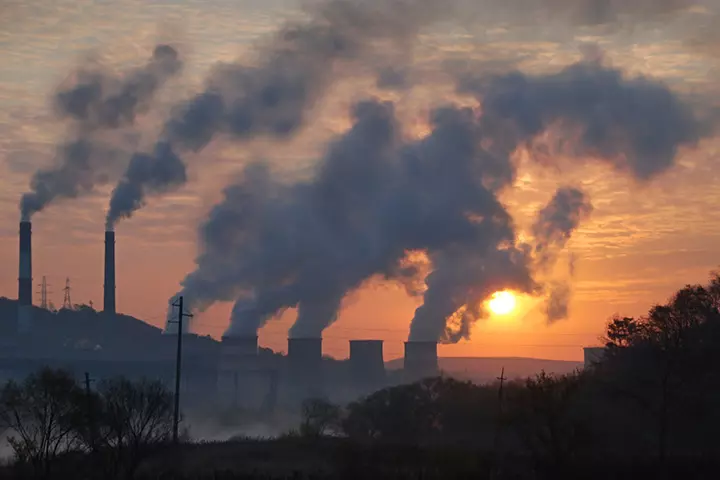
Air pollution occurs when large amounts of poisonous gases are released into the atmosphere. The air is polluted due to industrial release of gases, the burning of fossil fuels (oil, coal, petrol, etc.,) from automobiles, and the release of methane gasses from animal and landfill wastes.
The gases that increase the earth’s temperature and are responsible for global warming are called greenhouse gases.
Everyday vehicles like cars, trucks, and buses contribute to air pollution. These vehicles use fossil fuels that emit carbon monoxide into the air.
- The effect of air pollution is such that it can lead to asthma, worsen existing respiratory problems, and develop chronic illnesses such as lung cancer, pulmonary diseases, etc.
- When smoke and fog is combined, it forms smog, which can cause serious respiratory diseases, including asthma.
- One can reduce air pollution by reducing the use of polluting vehicles and shifting to bicycles, and electric or hybrid vehicles, which do not operate on fossil fuels.
Air pollution in the US has risen steadily over the last few years. According to the American Lung Association, most cities on the western side of the country showed higher levels of air pollution owing to wildfires and drought situations in recent years.
The graph below shows that the number of people living in unhealthy air pollution levels rose from 49.6 million in 2015-17 to 54.4 million in 2017-19, which increased further to 63.2 million in 2018-20.

Air pollution in the US
Source: More Americans Exposed to Spikes in Air Pollution; Statista/American Lung Association2. Land pollution

Land pollution is the result of billions of people dumping the waste on the land.
- These wastes consist of harmful chemicals that leak underground and pollute the soil and the deeper layers of the Earth.
- We should follow the 3 Rs: Reduce, Reuse, and Recycle. If we reduce our waste and try to reuse them by recycling them, it will cause less harm to our environment.
- We need to dispose of trash responsibly to prevent land pollution. Carry the waste to recycling centers, where it is recycled to make new products. This is the most effective way of reducing waste.
3. Water pollution
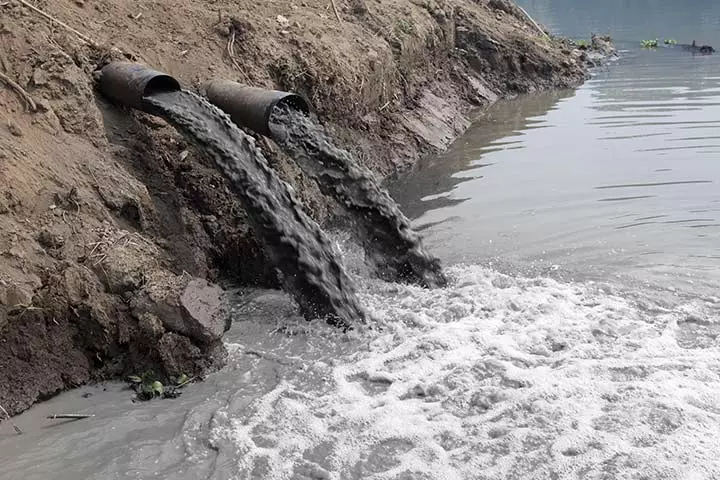
Water pollution is the pollution of water bodies at the source: like rivers, lakes, seas, oceans, and groundwater.
- One of the main causes of water pollution is the discharge of industrial effluent, insecticides, fertilizers, food waste, sewage, detergents, and garbage into the water bodies.
- The water is also contaminated when people bath, drop feces and wash on the banks.
- Maritime tradeiInternational exchange of goods and commodities via the sea route and increasing shipping activity also release toxins into the waters, leading to the death of aquatic animals like dolphins, fish, and whales.
- Drinking polluted water can cause diseases like typhoidiA contagious bacterial infection that affects the entire body, characterized by fever, body pain, headache, and fatigue , choleraiA water-borne contagious disease that leads to dehydration and diarrhea and may be fatal if left untreated , and dysentery.
- Water is essential for human survival, but we are running out of safe drinking water.
- We can prevent water pollution by installing water-efficient toilets, disposing of toxic or oily liquid waste carefully and never throwing plastic in water bodies.
- We can also stop water pollution by treating the polluting residues from industries and manufacturing facilities before releasing them into the environment.
 Did you know?
Did you know?4. Noise pollution

Noise pollution occurs when we cross the decibels levels and emit harmful levels of noise-causing illnesses in human beings. 55-70 decibels for 24 hours is permissible for human hearing (2), beyond which it can affect a person’s health.
- Noise pollution mainly happens due to loud honking, thunderous music, screeches, and sirens.
- Sound pollution causes insomnia and increases stress. This can also disturb people from focusing on their daily activities.
- Severe noise pollution can cause hearing loss, hypertensioniHigher than normal blood pressure , and heart diseases (3).
5. Thermal pollution
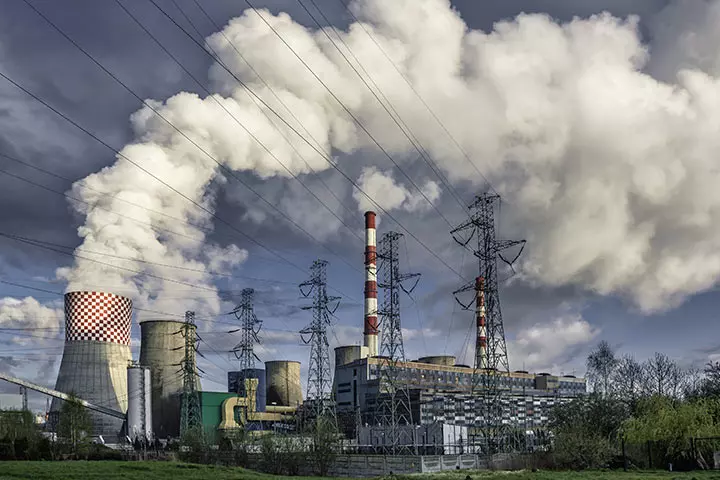
When the temperature of a water body rises due to contamination caused by humans, it is known as thermal pollution.
- The most common causes are the industries and power plants that use water as a coolant and then release it back without treatment.
- This raises the temperature of water bodies, decreases oxygen in the water, and affects marine life.
What Is Global Warming?
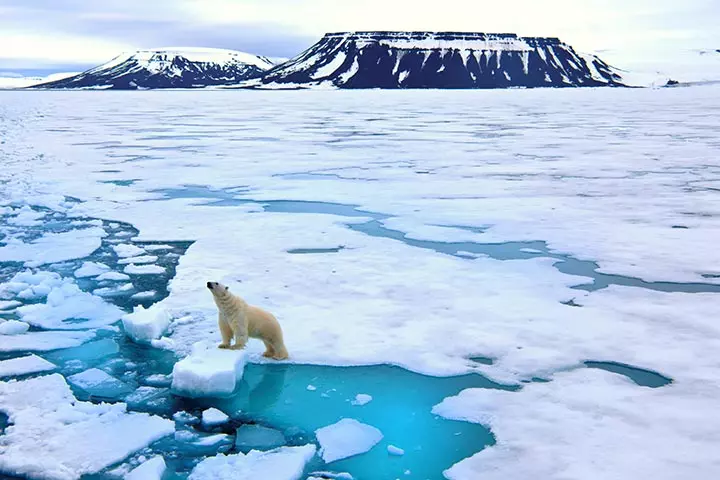
Global warming or climate change is the continuous rise in the Earth’s temperature, leading to rising sea levels, expansion of deserts, and increasing precipitation.
The biggest cause of global warming is greenhouse gas emissions.
Pollution, in all its forms, is dangerous both to the planet and humans. You may use some facts to explain the gravity of the problem to your children.
 Point to consider
Point to considerAwful Pollution Facts For Kids
It is good if children know about these worrisome facts to understand the problem at hand (4) (5).
| 1. Children are more vulnerable than adults to pollution as their immune system is still developing. |
| 2. Pesticides, the chemicals used in farming to kill insects, contribute to land and water pollution. Approximately, 22 million tons of fertilizers and chemicals are dumped into the water bodies every year. |
| 3. 90% of wastewater and 70% of industrial wastes in developing countries is dumped into the waters without treatment. |
| 4.Bathing in contaminated waters is the cause behind 250 million of gastroenteritis and respiratory disease cases every year. |
| 5. The waste generated by cattle like cows, buffalo or chicken is known as livestock waste. Deadly bacteria from this waste go into the streams and soil, causing soil pollution and thus affecting the quality of food we eat and the fertility of the soil. |
| 6. According to the World Health Organization, nine out of 10 people or 92% of the world’s population lives in places where air pollution has exceeded the safe limits. |
| 7. Air pollution comes fourth in the dangers posed to human health, after high blood pressure, dietary risks and smoking. |
| 8. The world’s oceans take in 6.5 million tons of litter each year. |
| 9. 100 million mammals and 1 million seabirds die every year due to water pollution. |
| 10. The world’s largest emitter of carbon dioxide is China, followed by the US. |
| 11. Recycling of waste and composting has saved 85 tons of trash from being dumped into the environment. |
Plastic Pollution Facts For Kids
One of the most dangerous causes of land and water pollution is plastic, as it is non-biodegradable. Let us learn how plastic pollution is affecting our ecosystem and surroundings (6).
| 12. A non-biodegradable material is that which cannot be broken down by natural organisms. Therefore, they are not eco-friendly, thus acting as a source of pollution. They remain on earth for millions of years without degradation or decomposition. |
| 13. Plastic can take 450 to 1000 years to decompose. For example, a plastic bottle takes 450 years to decompose. |
| 14. Around 18 billion pounds of plastic waste is let into the oceans every year. |
| 15. 40% of plastic produced is used for packaging items and is used just once and discarded. |
| 16. Nearly 50% of all plastic ever manufactured has been done since the year 2000. |
| 17. Half of the world’s plastics are made in Asia. |
| 18. Plastics are recycled the most in Europe at 30%, then China 25%, and the US 9%. |
| 19. Almost one million plastic beverage bottles are sold every minute around the world. |
| 20. 12% of plastic is incinerated, and 79% is dumped in the landfills. |
Frequently Asked Questions
1. What are the long-term consequences of exposure to pollution on children’s health?
In the long run, exposure to pollution may cause several problems for children, including a higher chance of developing heart disease, cancers, respiratory infections, and conditions such as asthma. Children exposed to high pollution levels may also find it difficult to develop cognitive abilities, leading to learning issues and low test scores.
2. How can we encourage children to develop a sense of responsibility and stewardship toward the environment?
Children can be taught about responsibility to the environment through stories, educational movies, podcasts, and audiobooks. You might also nudge them towards incorporating sustainability practices at home and growing their garden in the backyard. This will enable them to follow a green living lifestyle. You could also engage them in recycling games and activities for kids and Earth Day activities for kids.
3. How does pollution impact wildlife and their habitats?
Pollution, resulting from human actions such as destroying habitats, introducing invasive species, and causing climate change, harms wildlife and their homes. It disrupts their ability to reproduce, weakens their defenses, and increases disease risk. Pollution also worsens their living conditions, making survival more challenging (8).
4. How can we reduce pollution in our everyday lives?
To reduce pollution in our everyday lives, we can take simple actions such as conserving energy, recycling, using public transportation or carpooling, and choosing eco-friendly products. As a parent, you could introduce your children to concepts such as composting for kids, and reduce, reuse, and recycle for kids. Industries can also make changes to their production methods and materials to help prevent pollution (9).
5. Why is plastic pollution a significant concern, and what are some alternatives to single-use plastics?
Plastic pollution is a major concern because it harms the environment, wildlife, and humans. It accumulates in landfills and natural habitats, poses health risks due to chemical leaching, and depletes our limited resources. Alternatives include reducing plastic use, promoting recyclability, developing bio-based materials, and adopting sustainable practices. Urgent collective action is needed (10).
6. What are some innovative solutions or technologies being developed to address pollution?
Some examples include designing products considering their entire life cycle, using communication technologies to reduce commuting, optimizing industrial processes using computer models, and expanding alternative energy sources such as wind power. Sustainable solutions aim to meet present needs without compromising future generations (11).
7. How does pollution impact marine life, especially in oceans and seas?
Pollution, such as garbage and chemicals, from human actions, flows into the ocean and seas. Such pollutants can harm and kill sea creatures. The litter can choke or be accidentally consumed by animals, and poisonous algal blooms may emerge. Additionally, contaminants can build up in seafood, endangering both humans and animals (12).
8. How does deforestation contribute to pollution and what are its effects?
Deforestation contributes to pollution and has various negative effects. It leads to the loss of species and biodiversity, including potential cures for diseases. Deforestation also depletes thin tropical soils, making them unsuitable for farming, and disrupts rainfall patterns, resulting in a drier and hotter climate. Moreover, it releases stored carbon into the atmosphere, worsening global warming (13).
As adults, we are responsible for the conservation of the earth for future generations. Pollution, global warming, and increasing plastic waste are interconnected and affect ecological balance. These pollution facts for kids will help them understand the consequences of pollution on natural resources and encourage them to conserve the environment. So put your right foot forward and work towards restoring the planet by teaching future generations the importance of protecting the environment.
Pollution is a major environmental issue that affects everyone, so awareness among children is important to make them understand the importance of environmental protection. The following infographic includes informative facts about pollution that you can share with children to make them interested in this topic. Have a look!

Illustration: Momjunction Design Team
Illustration: Interesting Pollution Facts For Kids

Image: Dalle E/MomJunction Design Team
Educate yourself and your kids about ocean pollution. Discover how our actions are impacting our oceans and what we can do to help.
References
1. Pollution; European Environment Agency.
2. Daniel J. Fink; What is a safe noise level for the public?; NCBI.
3. THEMATIC ISSUE: Noise impacts on health; Science for Environment Policy, European Commission.
4. 7 shocking facts about air pollution; World Economic Forum.
5. Pollution – Facts and figures; World Ocean Network.
6. Fast Facts About Plastic Pollution; National Geographic.
7. How is sea level rise related to climate change; National Ocean Service
8. Karina Acevedo-Whitehouse and Amanda L. J. Duffus; Effects of environmental change on wildlife health; PMC
9. Pollution Prevention; Louisiana Department of Environmental Quality
10. Richard C. Thompson et al.; Plastics, the environment and human health: current consensus and future trends; PMC
11. Effects Of Technology On The Natural World; National Assessment Governing Board
12. Ocean pollution and marine debris; National Oceanic and Atmospheric Administration
13. Deforestation; MyNASAData
Community Experiences
Join the conversation and become a part of our nurturing community! Share your stories, experiences, and insights to connect with fellow parents.
Read full bio of Elisa Yi
Read full bio of Sravani Rebbapragada
Read full bio of Harshita Makvana
Read full bio of Praggya Joshi









